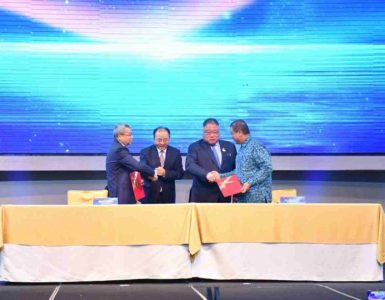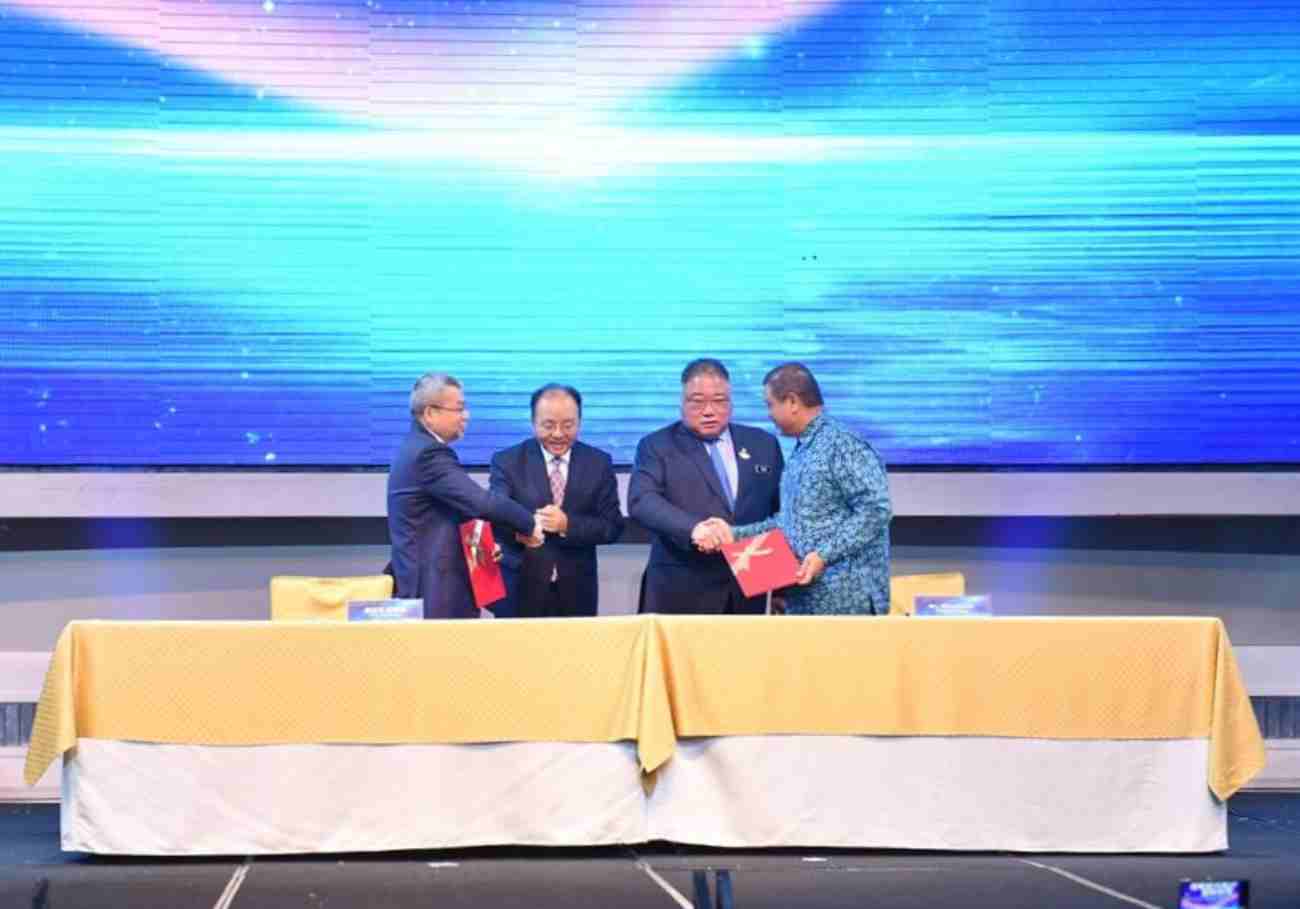
The Semporna Marine Ecological Expedition concluded on 18 December 2010. The preliminary results indicate that Semporna may have the world’s highest marine biodiversity. Eighteen scientists from Malaysia, the Netherlands and the USA spent three weeks examining the reefs of Semporna, Sabah, Malaysia. The biodiversity team documented the species richness for mushroom corals, reef fish, shrimps, gall crabs, ovulid snails, and algae. The reef status team documented the health of the coral reefs.

Mushroom corals are a family of corals of which most species live freely on the sea bed, from the shallow reef flat down to the sandy reef base. The expedition documented 43 species of mushroom corals in Semporna. The previous highest recorded richness of this family was 40 species at several sites in Indonesia and Papua New Guinea. “Mushroom corals can be used as a proxy for other coral richness. Where we find high richness of mushroom corals, we usually find extremely high richness of other corals,” says Dr Bert Hoeksema, Head of Department of Marine Zoology, NCB Naturalis.

The roving census of fish counts clearly demonstrates that Semporna is one of the richest areas within the Coral Triangle. Dr Kent Carpenter, Professor at Department of Biological Sciences, Old Dominion University states, “At some of the more diverse reefs, fish species counts rivalled the highest counts that the fish team found in the Philippines and were greater than what they have encountered in Indonesia.” The fish team encountered 844 species of fish in Semporna.
The coral reef status team used a modified ReefCheck methodology to assess the health of the reefs. 12 kilometres of transects were laid in the course of 60 dives. The preliminary results show that the reef status ranged from poor to excellent condition. 5% of the transects had “excellent” live coral cover, 23% had “good”, 36% had “fair”, and another 36% had “poor” live coral cover. Signs of coral bleaching and suspected coral disease were observed at various sites. While Semporna has several sites with good coral cover, nearly all sites showed significant human impacts including fish bombs, discarded fishing gear, and solid waste.
The extremely high levels of coral reef diversity and the relative poor health of the reefs combine to mean that much more effort must be made to manage and conserve the important reefs of Semporna. Not only is it a world class diving destination, it may well be one of the Coral Triangle’s top hotspots for marine biodiversity, and hence, the world’s. Many thousands of local people also rely on these rich reefs for their livelihoods and income.
Watch videos of the expedition team members conducting research and telling about discoveries, as well as stories of local communities in Semporna at:
http://blog.ncbnaturalis.nl/?tag=semporna-marine-ecological-expedition
Semporna Marine Ecological Expedition is made possible in part by funding from Adessium Foundation.











